Last Saturday, we drove over to Wethersfield, CT once again, this time to visit the third annual Revolutionary War encampment hosted by the Webb-Deane-Stevens Museum and featuring the Fifth Connecticut Regiment. Held each year in conjunction with the Memorial Day parade, the encampment showcases Rev War military camp life, as well as other aspects of 18th century life. They even engaged in a brief skirmish with some Redcoats!
Members of the Fifth Connecticut Regiment prepare to fire at some Redcoats.
After visiting the camp, we took a tour of the museum. The Webb-Deane-Stevens Museum is a collection of several buildings, owned and operated by the Colonial Dames of America. For the Memorial Day weekend, the W-D-S tours were focused specifically on the Rev War period, so we were only brought through two of the houses which depicted that time period and the information presented was focused on the events of the late 18th century. We will definitely need to go back to take the everyday tour to learn more about this part of Connecticut's history.
We were not permitted to take photos inside the houses, but the W-D-S Museum website offers nice overviews of each building on their website, which includes some lovely pictures that I encourage you all to check out.
The Silas Deane House in Wethersfield, CT.
The stone wall in front is where a piazza once stood.
The first home we entered was the Silas Deane House, which is a National Historic Landmark. (You can take a virtual tour of this house online!) Built around 1770, Deane's home was designed to accommodate a great deal of entertaining, mostly for his political advancement. The house included several features to cater to his frequent party needs, such as a front piazza (no longer on the house) and a ballroom. Unfortunately, his political career kept him busy traveling and he had little time to enjoy his beautiful home with his family. In 1774, he attended the Continental Congress as a delegate for Connecticut and in 1776 he traveld to Paris, joining Benjamin Franklin to sign treaties with France. While he was away, his wife Elizabeth entertained prominent guests such as John Adams and General Washington. She passed away in 1777 while her husband was away. (His first wife, who was the widow of Joseph Webb, had passed away ten years earlier. More on her when I discuss the next house.) Deane was accused of misappropriating government funds and was unable to defend himself when he returned in 1778. He soon returned to Europe in an attempt to save his reputation, but instead was deceived by his personal secretary, who was a spy for England. Deane died in 1789 while on board a ship waiting to depart London. There has been speculation that he was poisoned by his secretary.
The W-D-S Museum has put together an exceptional website, http://www.silasdeaneonline.org/, which provides a comprehensive look at Silas Deane and his role in the founding of America. The website also offers primary documents, including several letters from Deane, for visitors to explore and interpret on their own.
The Joseph Webb House (left) and the Isaac Stevens House in Wethersfield, CT.
The first room we entered had remnants of the colonial revival style. The walls are covered in a 1916 painted mural depicting Washington’s route from the Wethersfield conference to the victory at Yorktown. While it does display a great sense of patriotism, there are many glaring inaccuracies in the murals, the most prominent being that all of the men look like General Washington! There were several other changes made to the house during the early 20th century, which fortunately the Colonial Dames were able to reverse upon acquiring the house.
We then went above stairs to what is now known as the Washington bedchamber. Although there is no evidence explaining which rooms were used for the Yorktown meeting, it is certain that Washington stayed in this very bedchamber. There has recently been a lot of work done in the room to uncover what the floors, wallpaper, and woodwork would have been like in the 1780s and our guide gave us wonderful descriptions of the processes and what they were discovering.
Following the tour, we stopped for lunch and then took a stroll down Main Street, which is littered with historic homes. Just across the way from the W-D-S Museum is the First Church of Christ. This church, which is still very active today, was built in 1761 as a meetinghouse for the town of Wethersfield. Washington is known to have attended services and concerts here during his visit. We also passed a former Masonic building, which was unfortunately quite run down and had a "for sale" sign in front. There were also numerous other old shops and homes, some dating as far back as 1750! If you'd like to see a couple of pictures we snapped from our walk, you can find them in our flickr set.
Following the tour, we stopped for lunch and then took a stroll down Main Street, which is littered with historic homes. Just across the way from the W-D-S Museum is the First Church of Christ. This church, which is still very active today, was built in 1761 as a meetinghouse for the town of Wethersfield. Washington is known to have attended services and concerts here during his visit. We also passed a former Masonic building, which was unfortunately quite run down and had a "for sale" sign in front. There were also numerous other old shops and homes, some dating as far back as 1750! If you'd like to see a couple of pictures we snapped from our walk, you can find them in our flickr set.
The First Church of Christ in Wethersfield, CT.

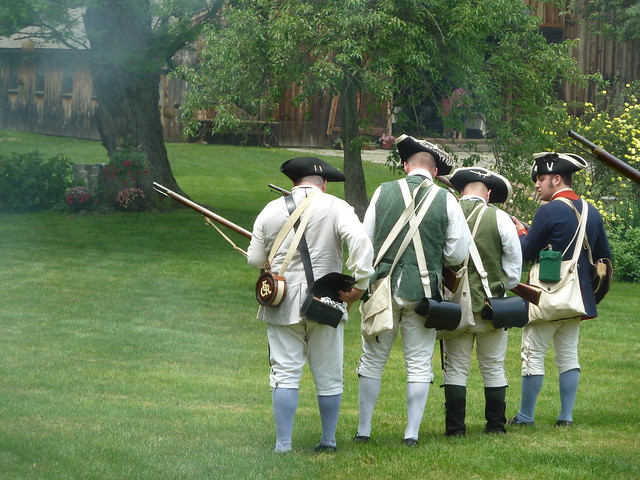
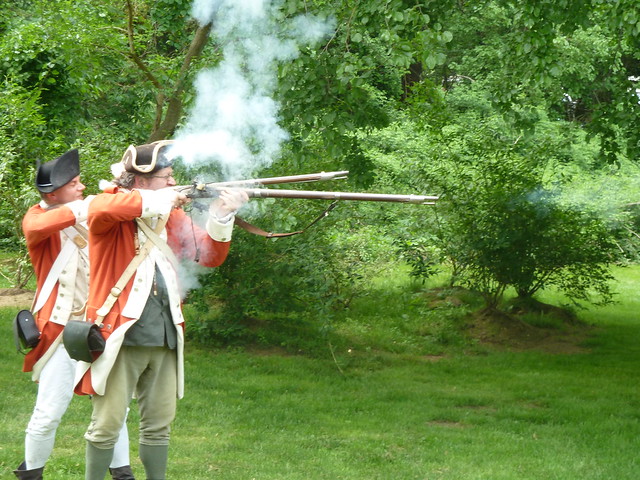
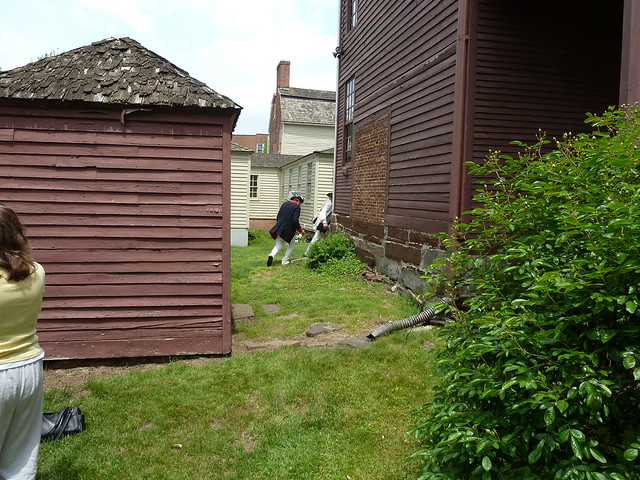

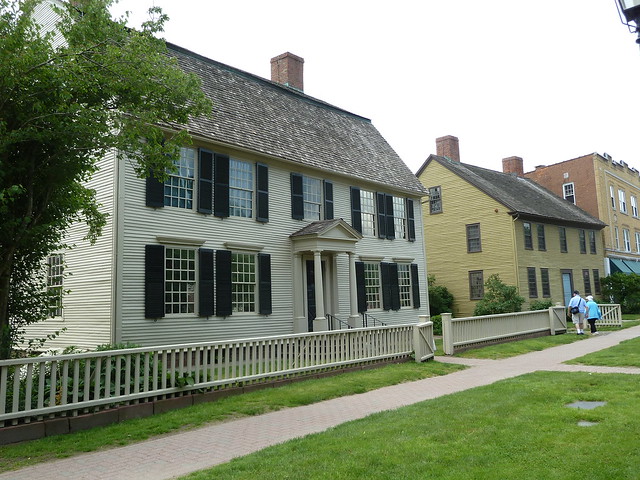
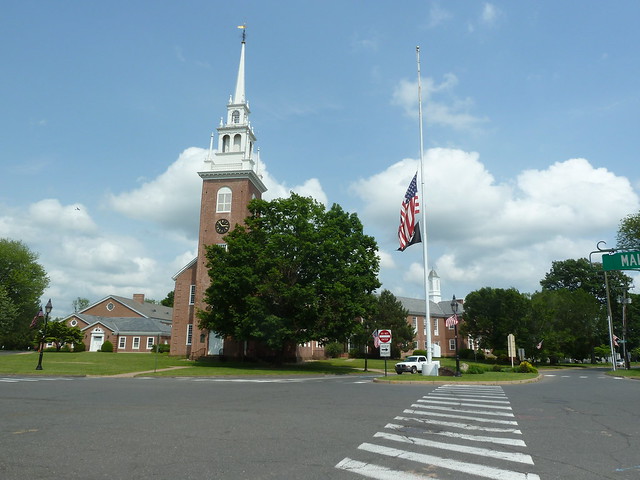
No comments:
Post a Comment